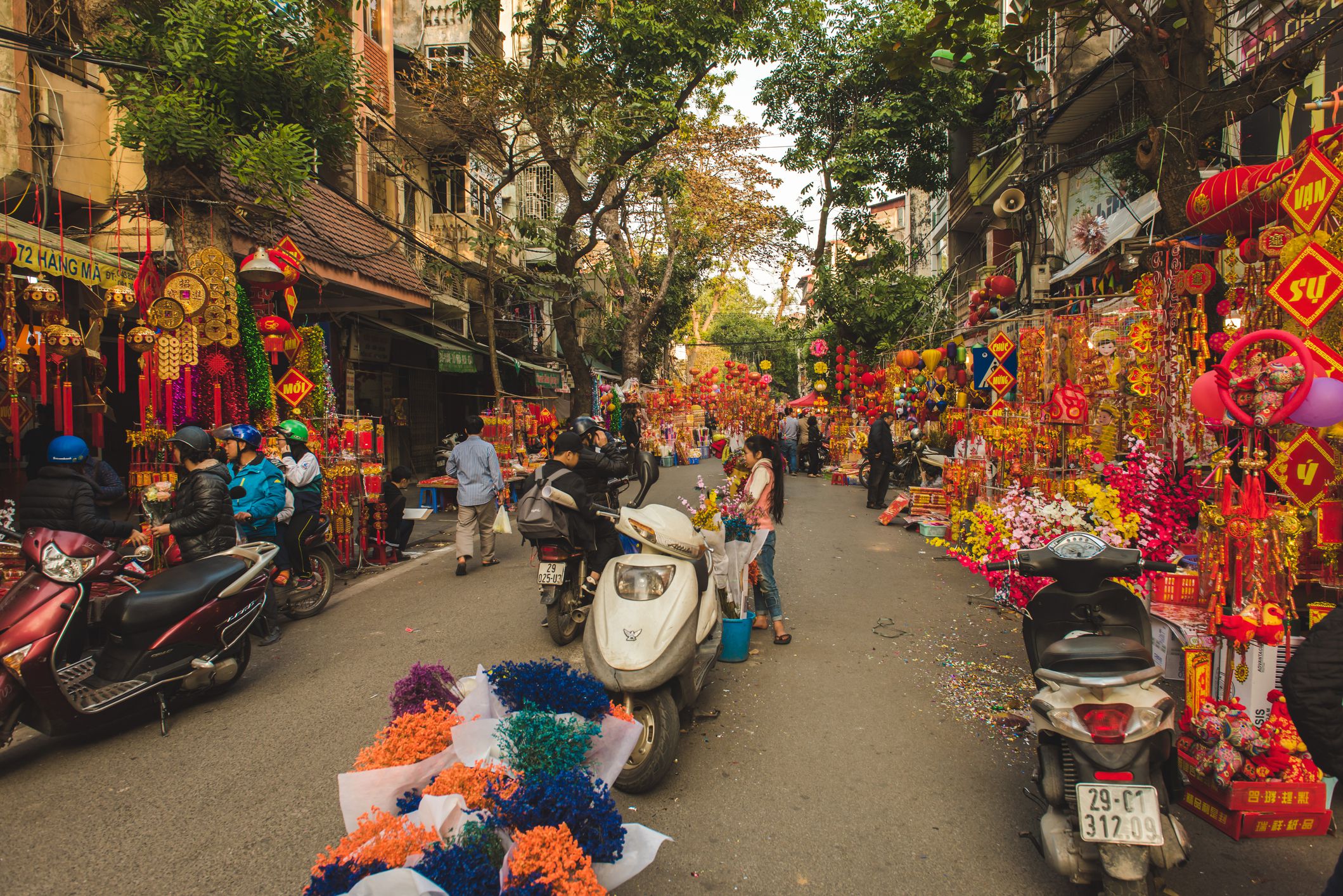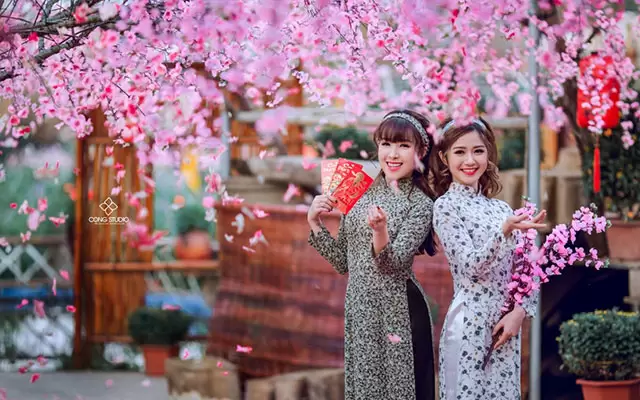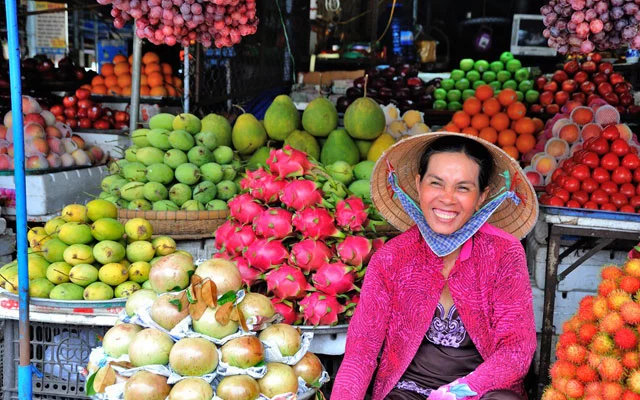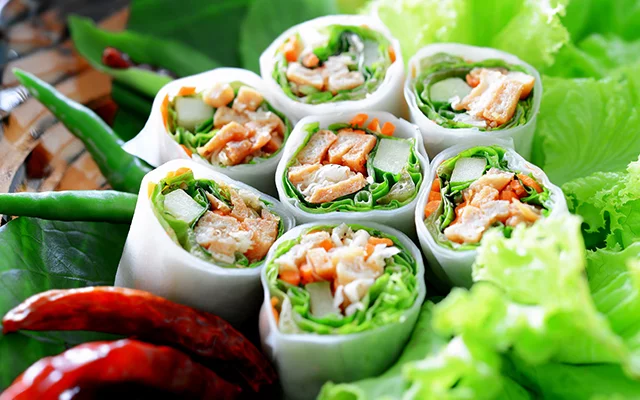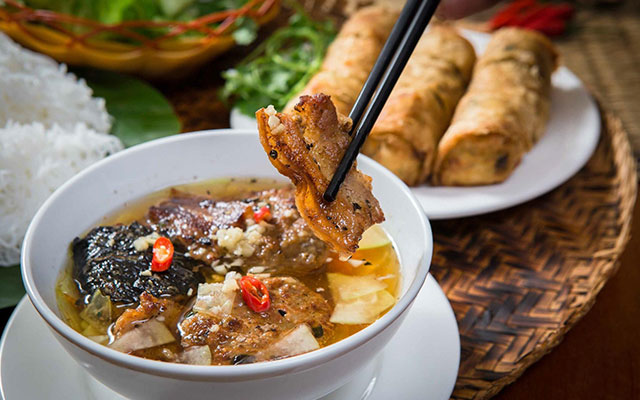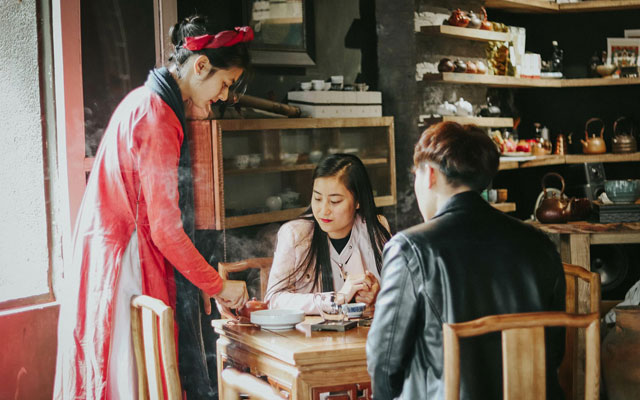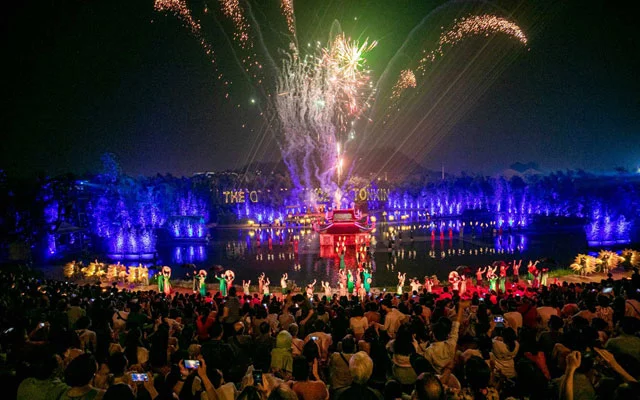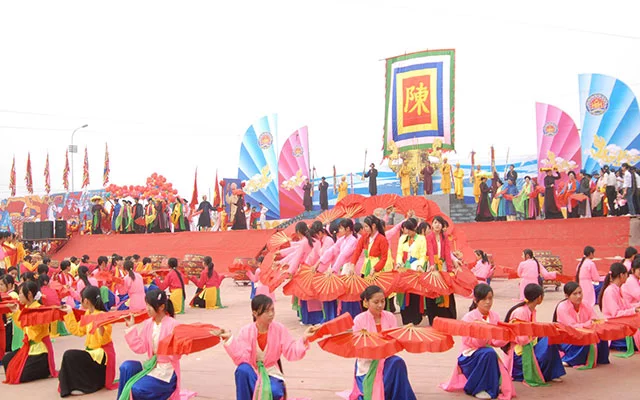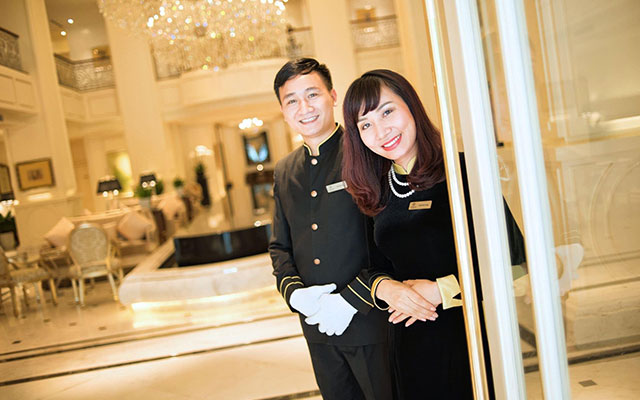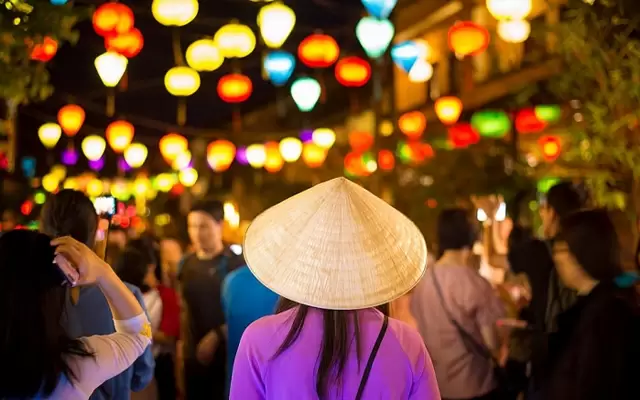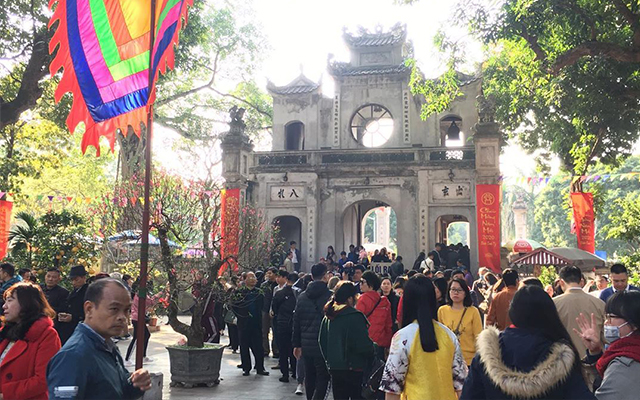Customs and Etiquette in Vietnam
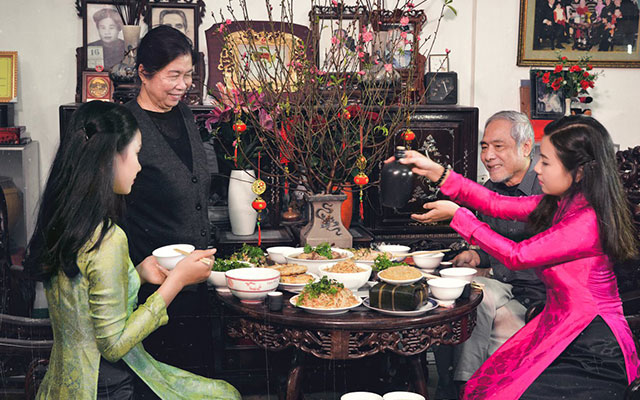
From dining manners to greeting customs, explore the important etiquette practices in Vietnam and make your trip smooth and respectful
Understanding local customs and etiquette is essential before traveling to Vietnam to appreciate its culture and avoid unintentional offenses. Vietnamese society, influenced by Confucianism from centuries of Chinese rule, emphasizes respect for elders and social hierarchy.
Key Takeaways
- Blend of Traditional and Modern Influences: Vietnamese customs reflect a rich blend of traditional practices and modern influences, emphasizing family values, ancestor worship, and cultural festivals such as Tet (Lunar New Year).
- Etiquette and Respect: Vietnamese etiquette highlights respect and politeness. Key practices include bowing slightly when greeting, using both hands when giving and receiving gifts, and avoiding direct confrontation.
- Family and Ancestral Traditions: Vietnamese traditions are deeply rooted in family values and ancestral worship. Important practices include celebrating Tet and honoring ancestors through rituals and offerings.
- Cultural Norms and Social Interactions: Cultural norms in Vietnam emphasize community harmony, respect for elders, and modesty in behavior and dress. Punctuality and humility are highly valued in social interactions.
- Social Customs and Hospitality: Vietnamese social customs include respectful greetings, maintaining face in social situations, and participating in communal activities. Hospitality is a significant aspect of social life, with guests often offered food and drinks.
- Proper Behavior and Dress Code: Proper behavior involves showing respect to elders, dressing modestly, and being mindful of local customs. Avoiding loud and aggressive behavior is also important. The dress code is generally conservative, with modest and professional attire for formal occasions and business settings.
- Greeting Etiquette: Vietnamese greeting etiquette often involves a slight bow or nod, accompanied by a polite handshake. Addressing individuals by their titles and last names shows respect.
- Gift-Giving Customs: Gift-giving customs include presenting gifts with both hands, avoiding black and yellow wrapping, and offering gifts at the end of a visit or meeting. Thoughtful, modest gifts are appreciated.
- Dining Etiquette: Dining etiquette involves using chopsticks properly, waiting for the eldest to start eating, and sampling a bit of every dish offered. It is polite to leave a small amount of food on your plate.
- Business Etiquette: Business etiquette includes formal dressing, presenting business cards with both hands, and addressing counterparts with their proper titles. Building personal relationships is crucial.
- Table Manners: Vietnamese table manners include using chopsticks correctly, not pointing them at people, and keeping hands above the table. It is customary to share dishes and serve others before oneself.
- Hospitality: Vietnamese hospitality is characterized by warmth and generosity. Guests are expected to accept at least a small portion of offered food and drinks as a sign of appreciation.
- Respect in Culture: Respect is shown through language, gestures, and behavior. Elders and those in authority are given special consideration, and humility is highly valued.
- Wedding Customs: Vietnamese wedding customs involve elaborate ceremonies that include family introductions, traditional attire, and symbolic rituals such as tea ceremonies and ancestor worship.
- Funeral Customs: Funeral customs involve a period of mourning, elaborate rituals to honor the deceased, and practices such as wearing white or black and holding memorial services.
- Tipping Practices: Tipping is not mandatory but appreciated in the service industry. Small tips for good service in restaurants, hotels, and taxis are common but not expected.
- Holiday Traditions: Vietnamese holiday traditions include celebrating Tet, which involves family reunions, special foods, and various cultural activities like lion dances and visiting temples.
- Family Customs: Family customs emphasize filial piety, family cohesion, and respect for elders. Family members often live close together and support each other in daily life.
- Social Etiquette: Social etiquette includes polite greetings, using formal language, and being mindful of body language. Public displays of affection are generally avoided.
- Communication Style: The communication style is often indirect and polite, aiming to maintain harmony and avoid confrontation. Non-verbal cues play an important role.
- Traditional Festivals: Traditional festivals, such as Tet and the Mid-Autumn Festival, feature cultural performances, traditional foods, and communal activities.
- Superstitions: Superstitions include beliefs in good and bad luck associated with numbers, colors, and certain actions. For example, the number four is considered unlucky because it sounds like ‘death.’
- Religious Customs: Religious customs involve practices from Buddhism, Confucianism, and Taoism, such as visiting temples, offering prayers and incense, and celebrating religious festivals.
Table of Contents
Vietnamese Customs and Etiquette
Vietnam’s customs are deeply rooted in Confucian values, emphasizing respect for elders and social hierarchy. Here are key points:
1. Dining Etiquette & Table Manners
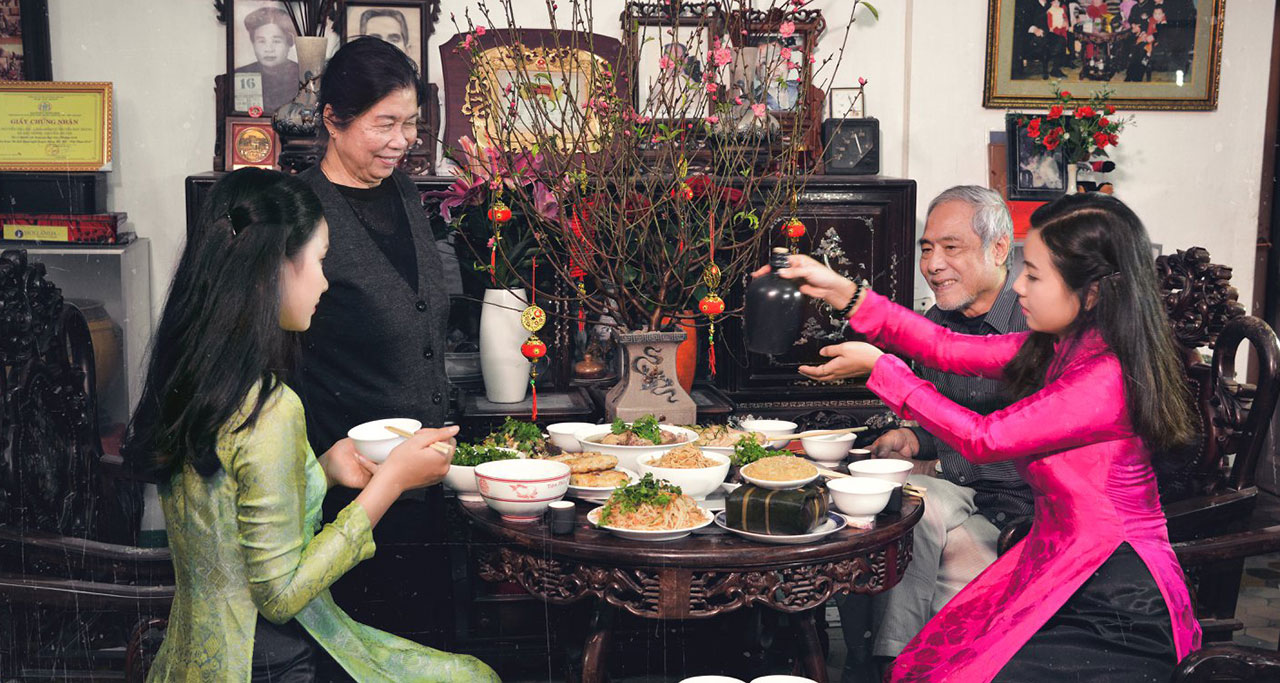
All members of family are enjoying a meal on Tet Holiday. Photo by Đinh Văn Linh
In Vietnam, traditional manners hold deep cultural significance. Respect is shown through bowing slightly when greeting elders, and addressing them with “anh” (for elder brother) or “chị” (for elder sister). Removing shoes before entering homes is customary, symbolizing cleanliness and respect for the space. Traditional values like hospitality are evident in the warm welcomes extended to guests, often accompanied by tea or a meal. Etiquette dictates modesty in dress and behavior, reflecting the country’s deep-rooted cultural heritage.
Table manners are deeply rooted in respect and tradition. Chopsticks should not be left sticking upright in a bowl, as this resembles incense offerings to the deceased. It’s polite to wait for the eldest or the host to start eating before you begin. Mastering these customs shows respect for Vietnamese culture and enhances your dining experience.
Observing these table manners shows respect:
Dos:
- If you are invited to Vietnamese home, you might like to bring a gift for the hostess such as flowers, sweets, fruit… A gift for children or an elderly parent is also appreciated. Gifts should be wrapped in bright wrapping paper.
- When invited to join a meal with a local family, always wait to be shown where to sit. The oldest person in the family should sit first and serve first.
- Pass dishes with both hands.
- Chopsticks and flat spoons are the most popular utensils for eating in Vietnam. Learn how to use chopsticks and how to store them properly.
- Set your chopsticks down when you want to speak or drink and for a rest after every few mouthfuls.
- Hold your bowl of food close to your face – nose to bowl is acceptable.
- Hold the spoon by your left hand while eating soup.
- Try to finish everything on your plate/ bowl, which shows respect for the cook.
- When you are finished eating, place your chopsticks on top of your rice bowl.
- Cover your mouth when coughing, sneezing or using a toothpick.
Don’ts:
- Do not give handkerchiefs, anything black, yellow flowers or chrysanthemums to the host. These are considered the bad luck things.
- Stick your chopsticks upright in a bowl of rice since it indicates funeral incense or tap the chopsticks on the side of a bowl.
2. Interaction, body language & gestures
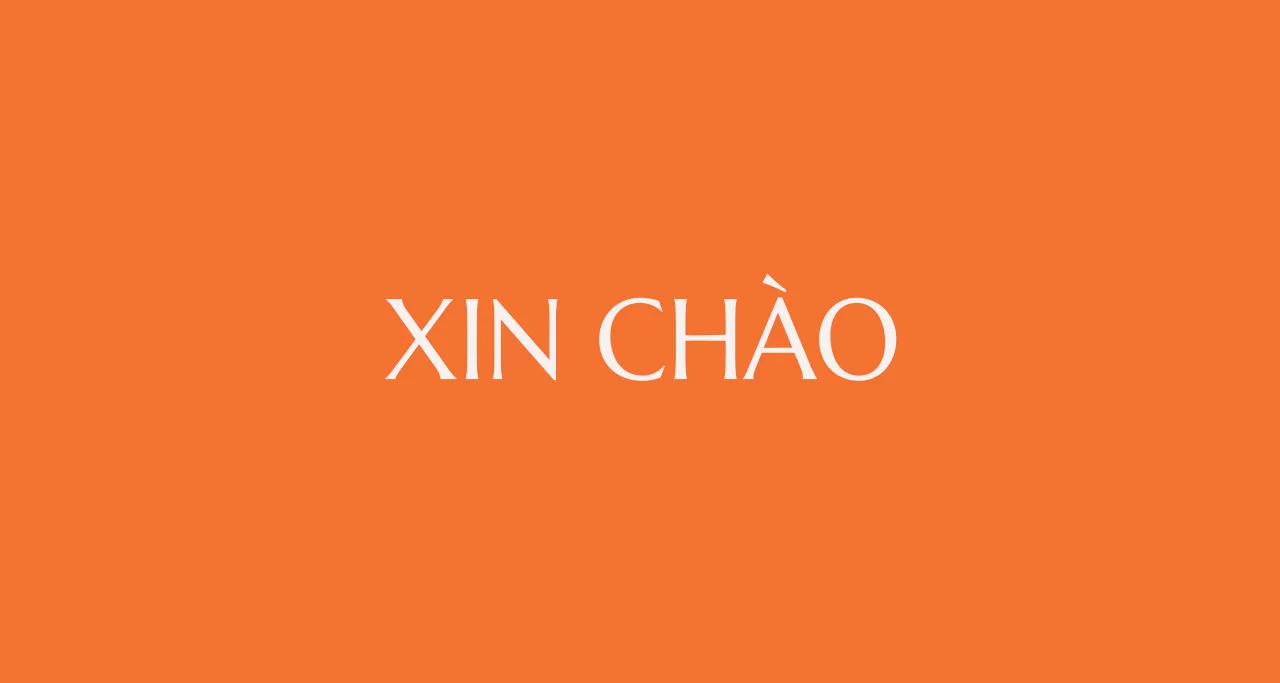
“Xin chào” is a formal greeting when you first meet strangers in Vietnam
In Vietnam, there are specific conventions in social life. For example, greetings have certain gestures and required etiquette that should be followed; trying to speak Vietnamese, a tonal language, should also be careful since the meaning of a word can change differently if your voice goes up or down at the end.
Dos:
- Say “Xin Chao” meaning “Hello” when you meet local people. This is an appropriate formal greeting for strangers.
- Handshakes are the common greeting and goodbye. Some Vietnamese use a two-handed shake, with the left hand on top of the right wrist.
- Do initiate a handshake with a member of the same sex. If a woman extends her hand, you may shake it, if not, bow your head instead.
- The traditional greeting is to press your hands together in front of your body and bow slightly, but this is a bit old-fashioned now and only practiced in formal situations. In most cases, a bow is enough.
- Always remove your shoes when entering a Vietnamese home.
- As a form of respect to the elderly, take off your hat and bow your head politely when addressing them.
Don’ts:
- Do not point with your one finger – use your whole hand.
- Do not touch someone’s head or shoulder or pass items over someone’s head. This is incredibly offensive, even with small children. In Asia, the head is the symbolic highest point.
- Do not touch a member of the opposite sex.
- Do not stand with your hands on your hips.
- Avoid public displays of affection with a member of the opposite sex. Avoid hugging, holding hands, and especially kissing in public.
In Vietnam, greetings are an essential part of daily life, often accompanied by a slight bow and a warm smile. Address elders or those of higher status first with a handshake or nod, followed by a polite inquiry about their well-being. This courteous gesture reflects Vietnam’s deep respect for hierarchy and tradition in social interactions.
3. Visiting Religious Sites or Other Tourist Sites
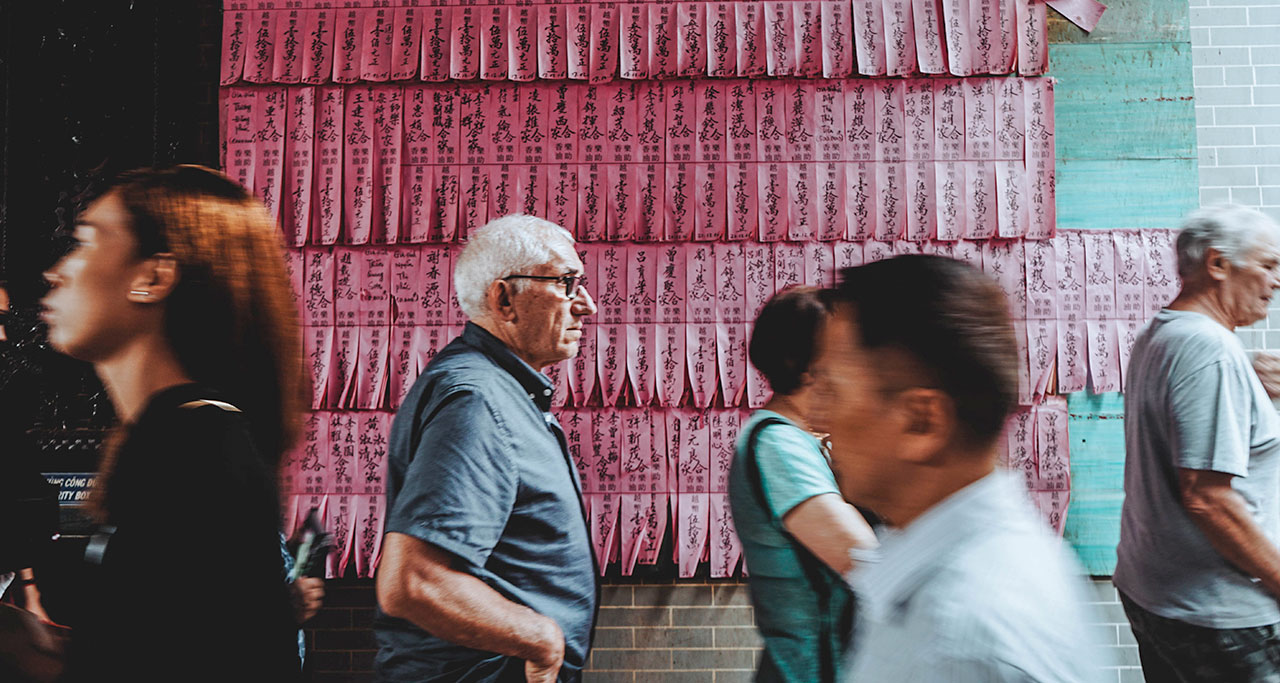
Tourists visiting Thien Hau Temple in Ho Chi Minh City. Photo by Chinh Le Duc
Vietnam has sacred sites for both the Buddhist and Hindu religion. While visiting one of the beautiful religious sites (pagodas, temples…), it is important to show respect.
Dos:
- Wear modest clothes which covers your knees and shoulders.
- Remove hats when visiting a sacred site.
- Bow your head to pay respect to the temple and the Buddha statues inside.
- A pair of sandals is better than a pair of shoes since you need to take off your shoes when entering some temples and pagodas.
- Keep quiet in religious places.
Don’ts:
- Never, ever point your feet towards any sacred statues, such as a Buddha.
- Don’t ever touch the statues or ever touch the head of a monk. In fact, it is best if you don’t touch the monks at all.
- Don’t wear tank-tops, shorts, short skirts above knees or tight-fitting clothing.
- Try to avoid any public displays of affection when around temples or holy sites, they are considered extremely disrespectful.
You might feel confused and difficult to remember Vietnamese customs and etiquette, but don’t worry, they are not fixed and strict norms. For the first-time travelers, it is easy to make the mistakes, just do what the locals do and you will adapt with it to enjoy the good time in Vietnam. Vietnamese customs and etiquette offer a fascinating glimpse into the country’s rich heritage. To further explore Vietnamese culture, its traditions, and social norms, visit this link.

